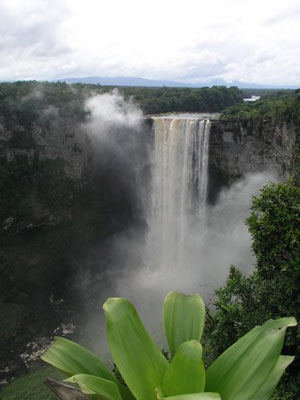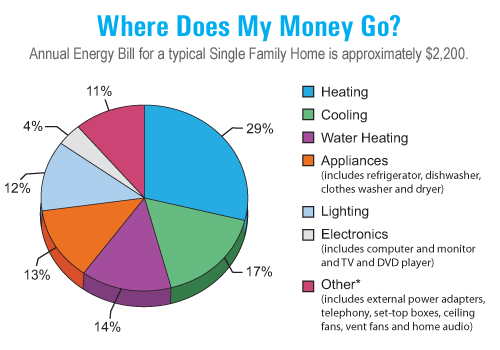 Well I thought I had seen it all. Obviously, there are still many opportunities to apply advanced financial product creation techniques to solve resource allocation and valuation processes.
Well I thought I had seen it all. Obviously, there are still many opportunities to apply advanced financial product creation techniques to solve resource allocation and valuation processes.
This is the Keiteur Falls in the Iwokrama Reserve, Guyana. It's in the middle of a 1,429 square mile preseve in Guyana.
Canopy Capital, a UK private equity company invested about $1 million/year to fund the R&D initiatives of the Guyana government in the Iwokrama Reserve. [[Guyana]] is on the northern shores of South America, just east of Venezuela. The country hopes that the deal will be beneficial to both investors and to the people of Guyana.
Here's the INSnet.org story. What services could be derived from the R&D investments?
Canopy Capital describes them as Ecosystem Services, including rainfall generation, moderation of extreme weather, carbon storage and biodiversity maintenance. I suppose if we can put a price on carbon use on the planet, we can put a price on these other services too?
The idea is that the investors get 16% of any proceeds from the services, the people of Guyana get 80% and the remaining 4% goes to a collective of conservation and R&D projects also sponsored by Canopy.
The president of Guyana offered to put the forests of Guyana at the disposal of the planet without penalizing the economic development of the country.
In the ICN"Saving rainforests can only occur through attracting significant capital flows, and the private sector is beginning to play a leading role alongside government and philanthropy," said Abyd Karmali, Managing Director and Global Head of Carbon Emissions at Merrill Lynch. "This deal presents a template for monetizing the benefits that come with the protection of standing forests. The preservation of ecosystem services in countries that choose to conserve their forests could become a billion dollar market."
The formation of trading systems and markets around commodities and 'ecosystem services' aren't that dissimilar. The use of supply and demand forces and exposure to capital markets are a natural and very reliable determinant mechanism to balance supply and demand. This will only grow more interesting now that Merrill Lynch has a Carbon Emissions department.











